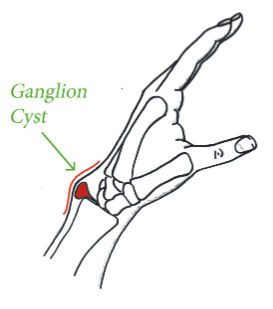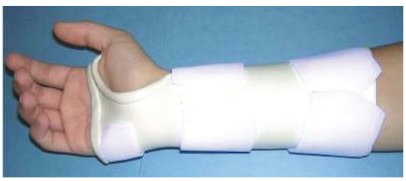nalco group
bone, muscle & joint pain physio
BOOK NOW / WHATSAPP ABOUT YOUR PAIN OR INJURY
- NOVENA 10 Sinaran Drive, Novena Medical Center #10-09, Singapore 307506
- TAMPINES 9 Tampines Grande #01-20 Singapore 528735
- SERANGOON 265 Serangoon Central Drive #04-269 Singapore 550265
Home > Blog > Hand Therapy & Customized Splinting > Conditions > Finger, Hand, Wrist, Forearm & Elbow Conditions > Ganglion Cyst Hand Therapy
Ganglion Cyst Hand Therapy
“Working with a knowledgeable hand therapist can make the difference between success and failure in complex hand surgical cases. The therapist extends the continuum of our care, as well as functioning as coach and trainer for our patients.”
Marybeth Ezaki, MD, Past President, American Society for Surgery of the Hand
In Phoenix Rehab, our senior hand therapists are experienced licensed and dedicated therapists (physiotherapists and/or occupational therapists) who specialized ONLY in the rehabilitation, treatment and management of painful fingers, hands, wrists, forearm & elbow conditions, because of interest, passion and expertise.

A ganglion cyst is a firm or spongy, fluid-filled lump that grows from the lining of a joint.
It commonly grows on the back or front of the wrist or at the base of a finger. A ganglion cyst can be as small as a pea to the size of a peach pit.
Unfortunately, it is not unusual for it to change in size depending on how much the joint is moved during the day. In the past, the cyst was called a “Bible Bump” because treatment sometimes involved using a heavy book to smash the cyst.
What are the symptoms of a ganglion cyst?
The ganglion cyst usually appears as a bump that changes size with us or time of day.
The cyst may appear over time or appear suddenly. Sometimes, it may get smaller in size and even go away and come back at another time. A small ganglion cyst is usually painless; however, as it gets larger, it can push on other soft tissues and cause pain.
A ganglion cyst at the wrist often sticks out when the wrist is bent. Pain often increases when the wrist is used to push up from a surface, such as doing push-ups or pushing up from a chair.

Yoga poses may be painful when a ganglion cyst is on the wrist
What are the causes of a ganglion cyst?
The exact cause of a ganglion cyst is unknown, but may be from trauma or damage from repetitive use. Another explanation involves an irritation in the joint or tendon that allows the joint tissue and joint fluid to balloon out from the joint and form a cyst.
What is the treatment for a ganglion cyst?
Many ganglion cysts will go away without any medical treatment.
If the cyst does not go away, non-surgical treatment involves wearing an orthosis to immobilize the joint until the symptoms improve. A doctor may remove the fluid with a needle, and can also give an injection such as cortisone to relieve the pain.
Sometimes if the joint is painful and the cyst comes back, the doctor may choose to perform surgery to remove the cyst.
What can a hand therapist do for me?
Our senior hand therapists will help determine which activities should be avoided.
We may also make a custom splint (see below) to limit joint motion. If surgery is performed, hand therapy focus of treatment will include exercises to restore the range of motion, strength and function of the hand. Other treatments may also be used to help manage pain and scarring.

Custom-made orthosis to limit motion in a wrist with a ganglion cyst
Patients may also receive the following hand therapy treatment modalities:
- cold therapy
- heat therapy
- moist heat paraffin wax therapy
- manual therapy
- joint mobilization
- ultrasound therapy
- stretching exercises
- strengthening exercises
- scar management
- etc
